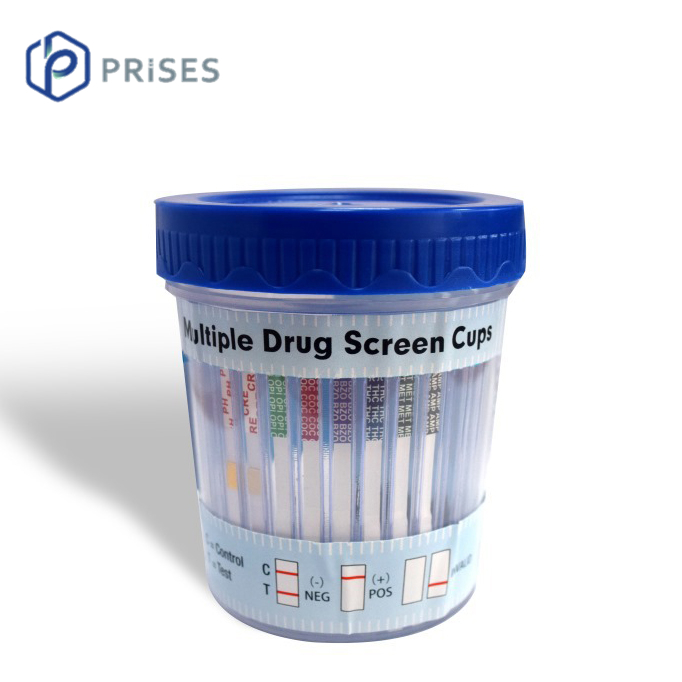8 月 . 15, 2024 09:18 Back to list
Understanding the Quantitative Measurement of Hepatitis B Virus for Better Health Management
Understanding the Hepatitis B Quantitative Test Importance, Procedure, and Interpretation
Hepatitis B, a viral infection that attacks the liver, poses significant health risks globally, leading to chronic disease and, in some cases, liver cancer. One of the critical tools available for managing this infection is the hepatitis B quantitative test. This test measures the amount of hepatitis B virus (HBV) DNA in the blood, providing insights into the infection's status and informing treatment decisions.
Importance of the Hepatitis B Quantitative Test
The hepatitis B quantitative test, often referred to as the HBV DNA test, plays a crucial role in the assessment of patients with hepatitis B. Unlike qualitative tests that merely detect the presence of the virus, the quantitative test measures how much virus is present. This information is vital for several reasons
1. Determining Viral Load Understanding the viral load helps clinicians assess the severity of the infection. A high viral load often indicates active disease and a higher risk of liver damage.
2. Guiding Treatment In chronic hepatitis B cases, the test results help in determining whether antiviral therapy is necessary. For patients on treatment, regular monitoring of viral load informs whether the therapy is effective.
3. Predicting Outcomes The quantitative test can predict the risk of complications associated with hepatitis B, including the likelihood of progression to chronic liver disease or hepatocellular carcinoma (liver cancer).
The Procedure
The hepatitis B quantitative test is a blood test, typically performed in a clinical laboratory. The procedure involves the following steps
1. Sample Collection A healthcare provider draws a blood sample from a vein in the arm. This process is relatively quick and involves minimal discomfort.
hepatitis b quantitative test

2. Laboratory Analysis The blood sample is analyzed using advanced techniques such as polymerase chain reaction (PCR) or nucleic acid amplification testing (NAAT). These methods can detect even low levels of HBV DNA in the bloodstream.
3. Result Interpretation The results are usually reported in International Units (IU) per milliliter (mL) of blood and can range from undetectable to millions of IU/mL.
Interpreting Test Results
Interpreting the results of the hepatitis B quantitative test requires clinical expertise. Here’s what the findings may indicate
- Undetectable Viral Load This suggests that the virus is not replicating significantly, indicating effective management of the infection. For patients undergoing treatment, this is often a desired outcome.
- Low Viral Load A low level may indicate an inactive infection, but close monitoring is essential, as changes can occur.
- High Viral Load A high result signifies active viral replication, which may necessitate antiviral treatment to reduce the risk of liver damage.
Conclusion
The hepatitis B quantitative test is an essential component in the management of hepatitis B virus infections. By providing critical information about the viral load, it empowers healthcare providers to make informed decisions regarding treatment and monitoring. Regular testing, combined with appropriate medical guidance, can significantly improve outcomes for individuals living with hepatitis B, helping to mitigate the potential for severe complications associated with this chronic infection. As with any medical test, it is crucial for patients to engage in open discussions with their healthcare providers to understand the implications of their results and the best course of action moving forward.
-
Early Pregnancy Test Kits Accurate & Fast Results Bulk Order Now
NewsMay.30,2025
-
Buy OPK Tests for Pregnancy Detection Bulk Supplier Discounts
NewsMay.30,2025
-
Buy OPK Tests for Pregnancy Detection Bulk Supplier Discounts
NewsMay.30,2025
-
Best At Home H Pylori Test Kits Accurate, Fast & FDA-Certified
NewsMay.29,2025
-
Accurate Syphilis Test Kits Trusted Suppliers & Manufacturers
NewsMay.29,2025
-
Wholesale Stool Occult Blood Test Kits Bulk Supplier Pricing
NewsMay.29,2025

